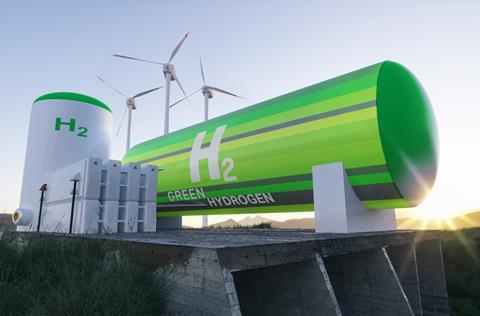Researchers at RMIT University in Melbourne, Australia have developed a new method of producing hydrogen directly from seawater. In a critical step towards a truly viable green hydrogen industry, the new method splits seawater directly into hydrogen and oxygen. The new process skips the need for desalination and its associated cost, energy consumption, and carbon emissions.

Lead researcher Dr Nasir Mahmood, a Vice-Chancellor’s Senior Research Fellow at RMIT, said green hydrogen production processes were both costly and relied on fresh or desalinated water. “Our method to produce hydrogen straight from seawater is simple, scalable, and far more cost-effective than any green hydrogen approach currently in the market. With further development, we hope this could advance the establishment of a thriving green hydrogen industry in Australia.”
The new approach devised by a team in the multidisciplinary Materials for Clean Energy and Environment (MC2E) research group at RMIT uses a special type of catalyst developed to work specifically with seawater. These new catalysts take very little energy to run and could be used at room temperature. While other experimental catalysts have been developed for seawater splitting, they are complex and hard to scale.
The study, with PhD candidate Suraj Loomba, focused on producing highly efficient, stable catalysts that can be manufactured cost-effectively. “Our approach focused on changing the internal chemistry of the catalysts through a simple method, which makes them relatively easy to produce at a large-scale so they can be readily synthesised at industrial scales,” noted Loomba.
The researchers are working with industry partners to develop aspects of this technology. The next stage in the research is the development of a prototype electrolyzer that combines a series of catalysts to produce large quantities of hydrogen. A provisional patent application has been filed for the new method. The use of green hydrogen in heavy commercial vehicles can help reduce carbon emissions significantly. The technology has the promise to significantly bring down the cost of electrolysers, making it competitive with fossil fuel-sourced hydrogen.













